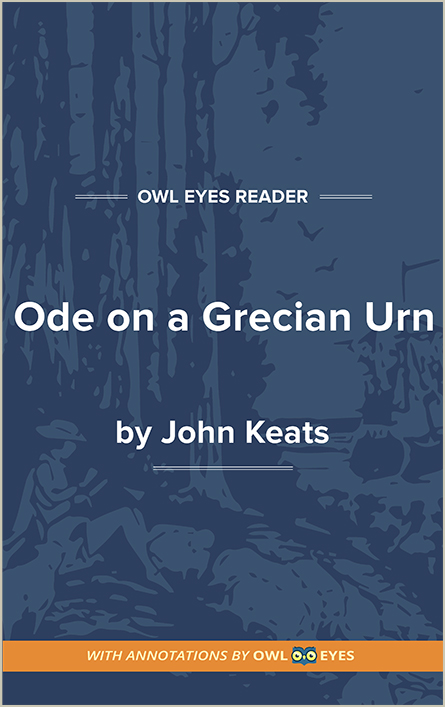Analysis Pages
Imagery in Ode on a Grecian Urn
The ode’s speaker addresses the figures depicted in relief on the exterior of a Greek urn. The urn reveals two primary scenes. The first three stanzas tell of the “bold lover” pursuing his beloved. Because the scene appears to the narrator as a still image, the lover is forever frozen in his amorous attempts. The cow on its way to the sacrificial altar will never be killed. These images reveal the poem’s deeper themes about the passage of time. Though each pair of lovers and each sacrificial animal will soon die, there is something eternal about their archetypal forms. Just as the stilled image of the lovers remain forever so does the spirit of amorous pursuit persist forever in generation after generation. We need art to preserve and reveal the timeless themes of the human condition in the face of the mortality each one of us faces.
Imagery Examples in Ode on a Grecian Urn:
Ode on a Grecian Urn
🔒"To what green altar..." See in text (Ode on a Grecian Urn)

